


React has components which are simply functions that transform data into visual representations. The great thing about components is that they allow you to split the user interface into smaller reusable pieces that can be developed in isolation. Any change in one component doesn't cause a chain reaction. And this is why components are such a great solution for rapid front-end development. We can develop an entire application or build a website with React JS in just a few weeks. Going further, it is also easy to maintain this app. React is a great library for product development because it lets you gradually ramp up features without requiring large investments upfront.
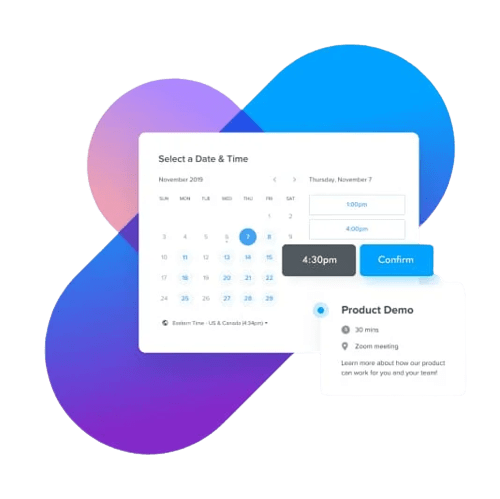
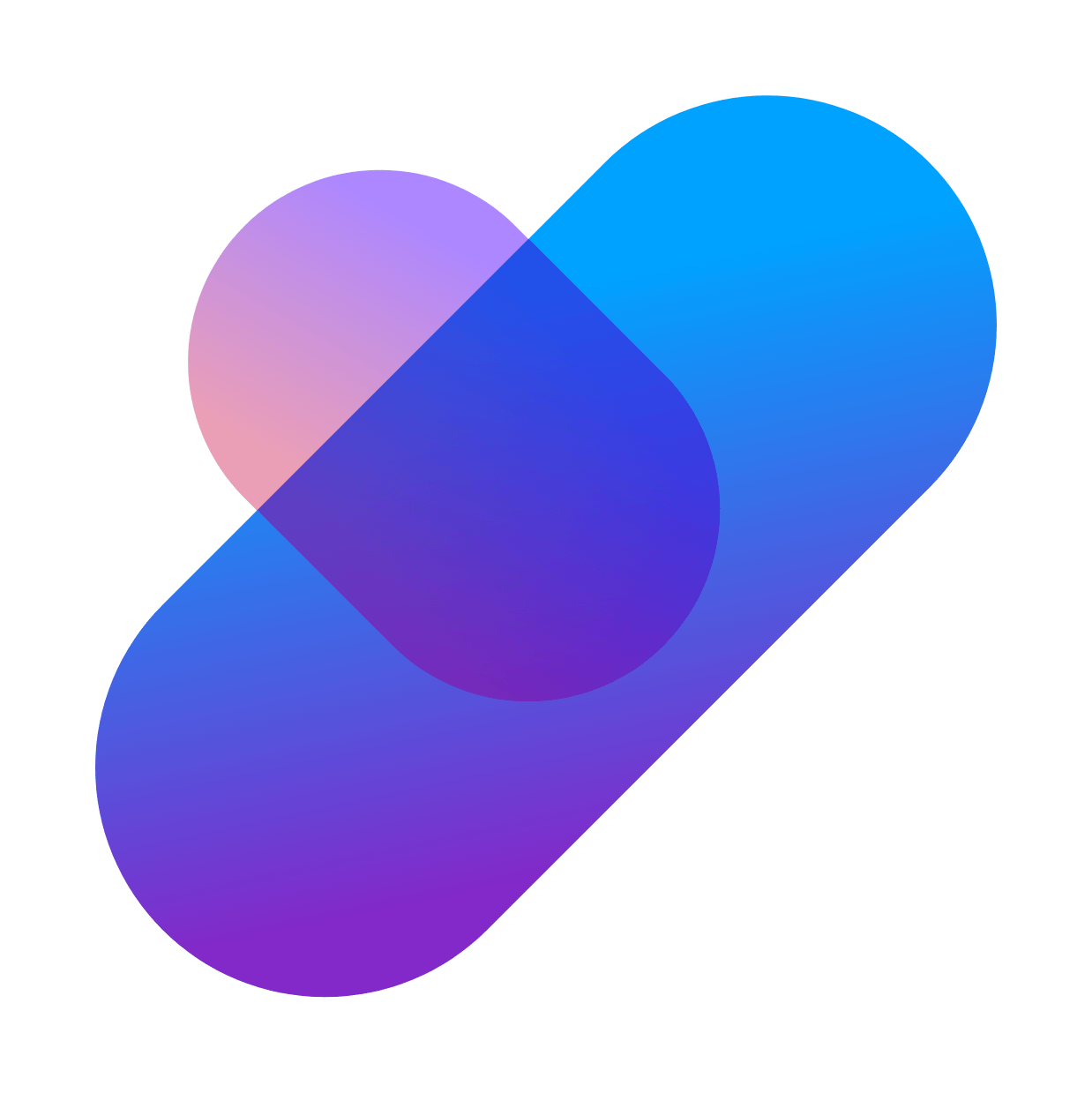
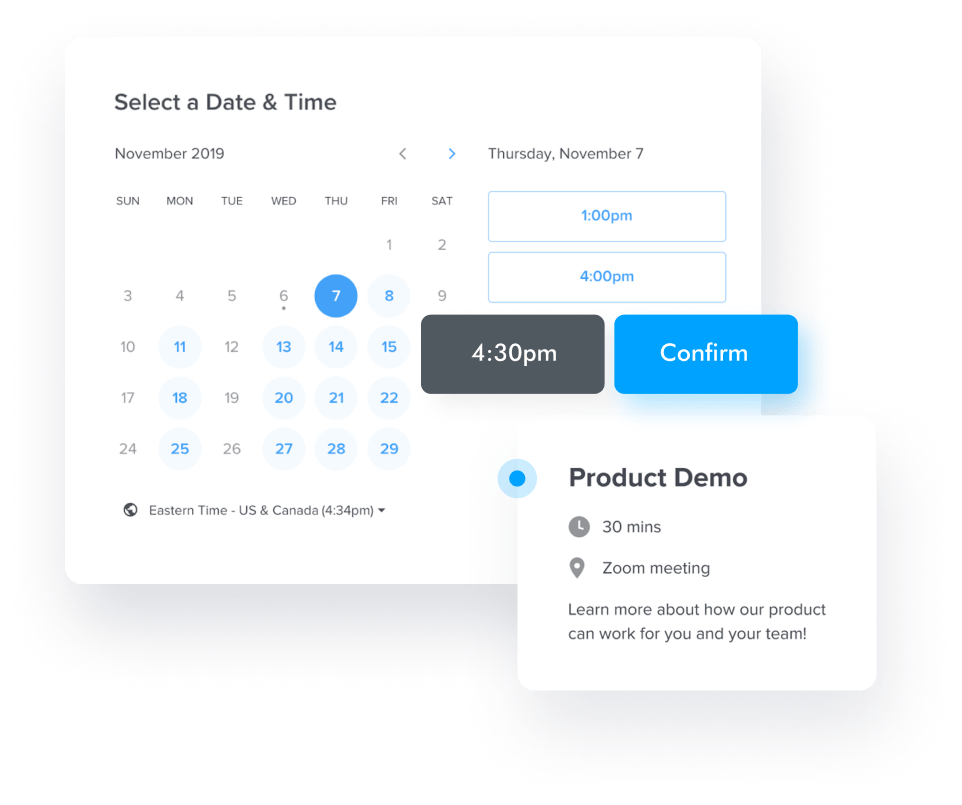
With React you can build fast and scalable web applications. This is because React uses the virtual Document Object Model (DOM). Virtual DOM is an in-memory representation of a UI that allows React JS developers to improve the performance of their client-side apps due to avoiding unnecessary DOM operations. The Virtual DOM is synced with the "real" DOM using a fast reconciliation algorithm so you can change only what needs to be changed instead of rebuilding large portions of the layout. Also, React's super fast rendering capabilities reduce page load time which improves the app’s ranking on Google search.
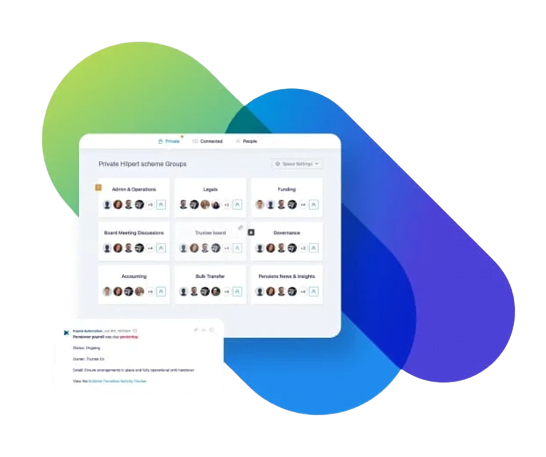
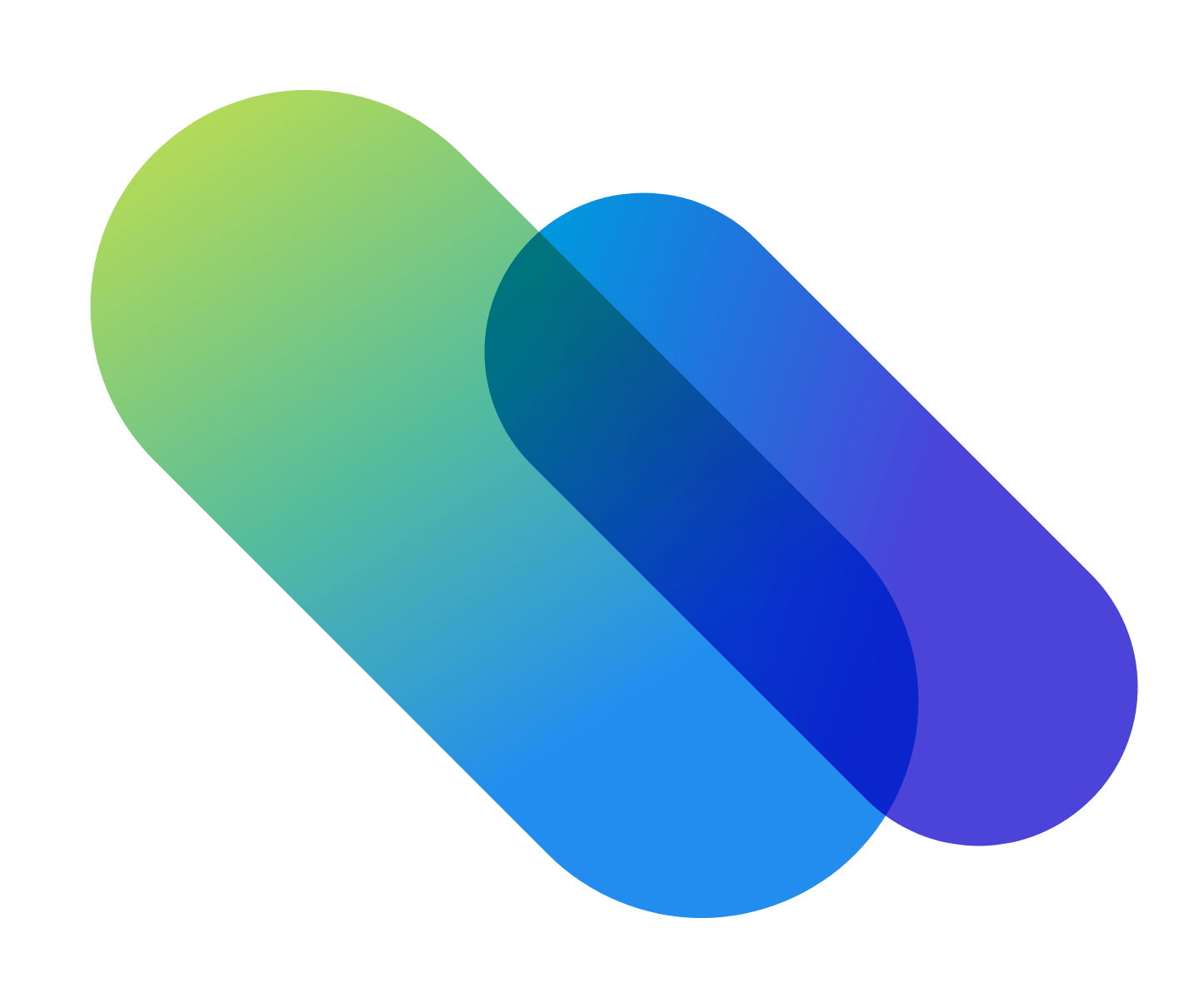

When product managers decide upon migrating from an older technological infrastructure to a new one, they often worry about the amount of effort and time that is required to perform the task. Remember how difficult it was to migrate from Angular 1.x to Angular 2? With React, migration from the previous framework is easy. React code can be added into an existing infrastructure, and components can be migrated one piece at a time. This front-end framework integrates perfectly well into legacy applications. We've performed migrations from JQuery and Marionette (the Backbone framework) to React + Redux, and they turned out successful.
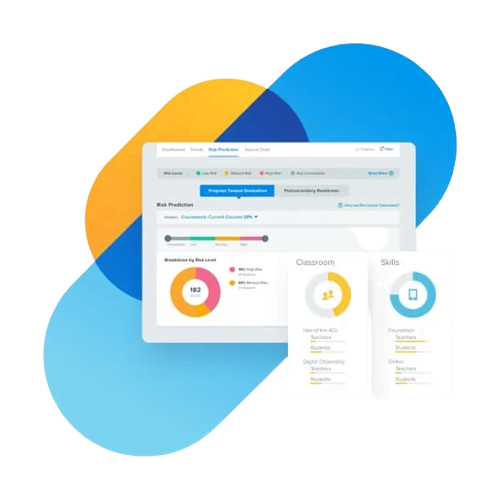

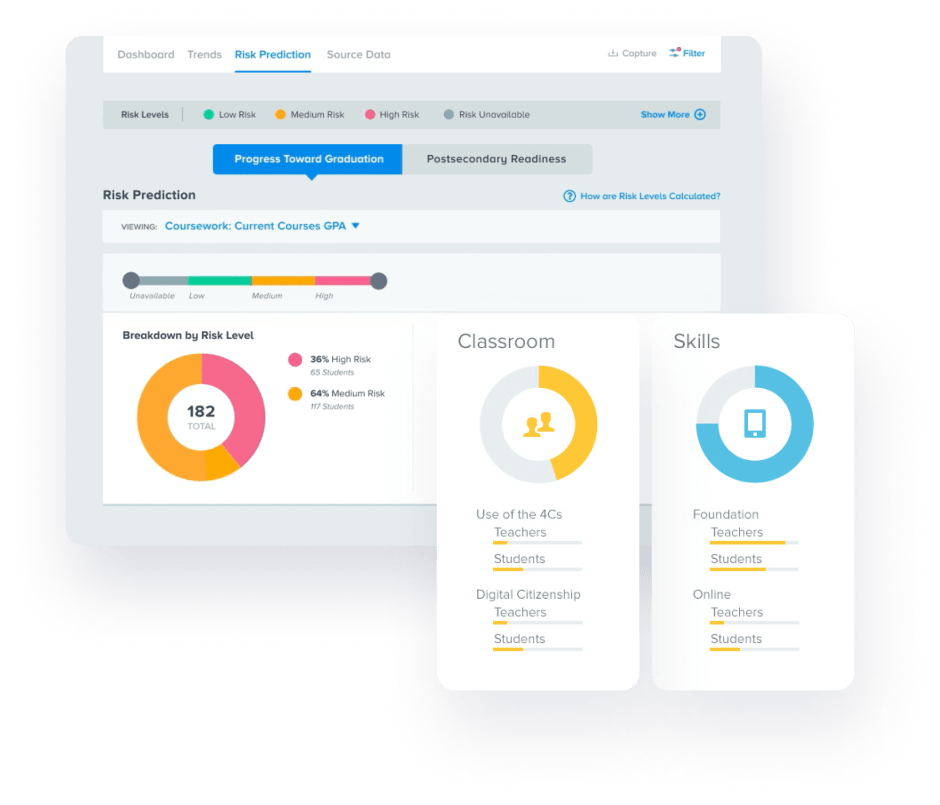

19 Belmont Ave Unit #157 Brooklyn NY 11212 United States.
U323/5 Vermont Crescent, Riverwood, New south wales, Australia.
31-B/J3 Johar Town, Lahore.